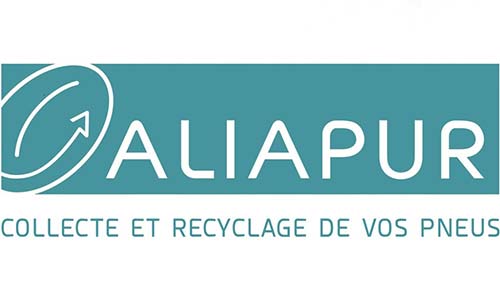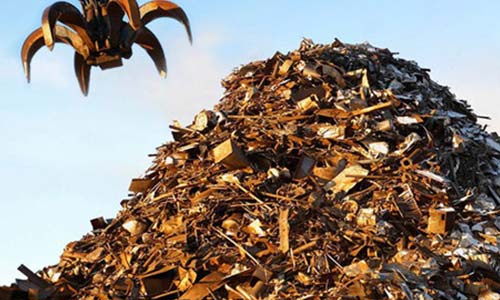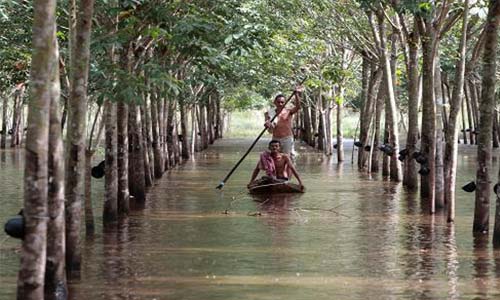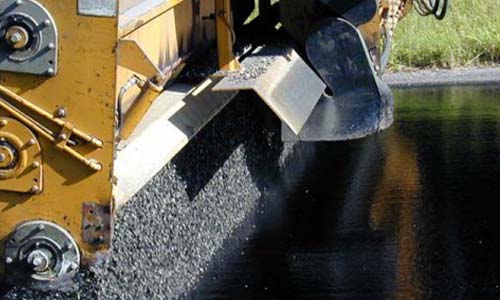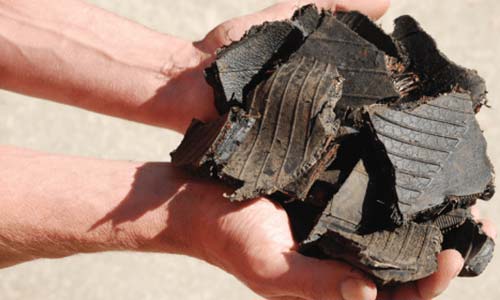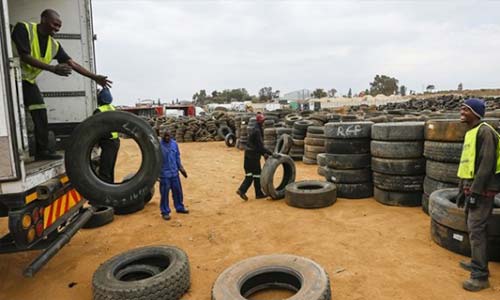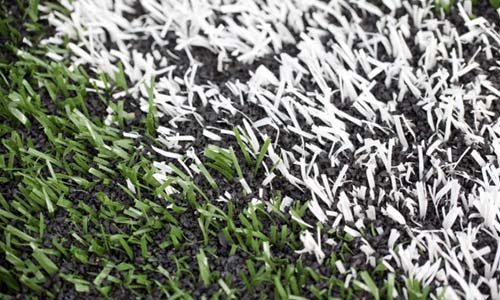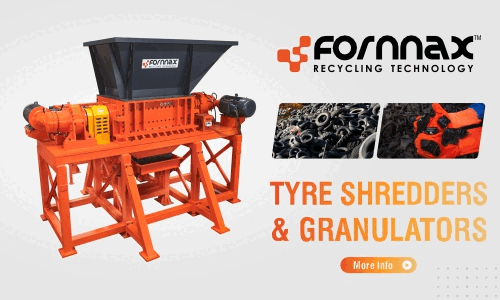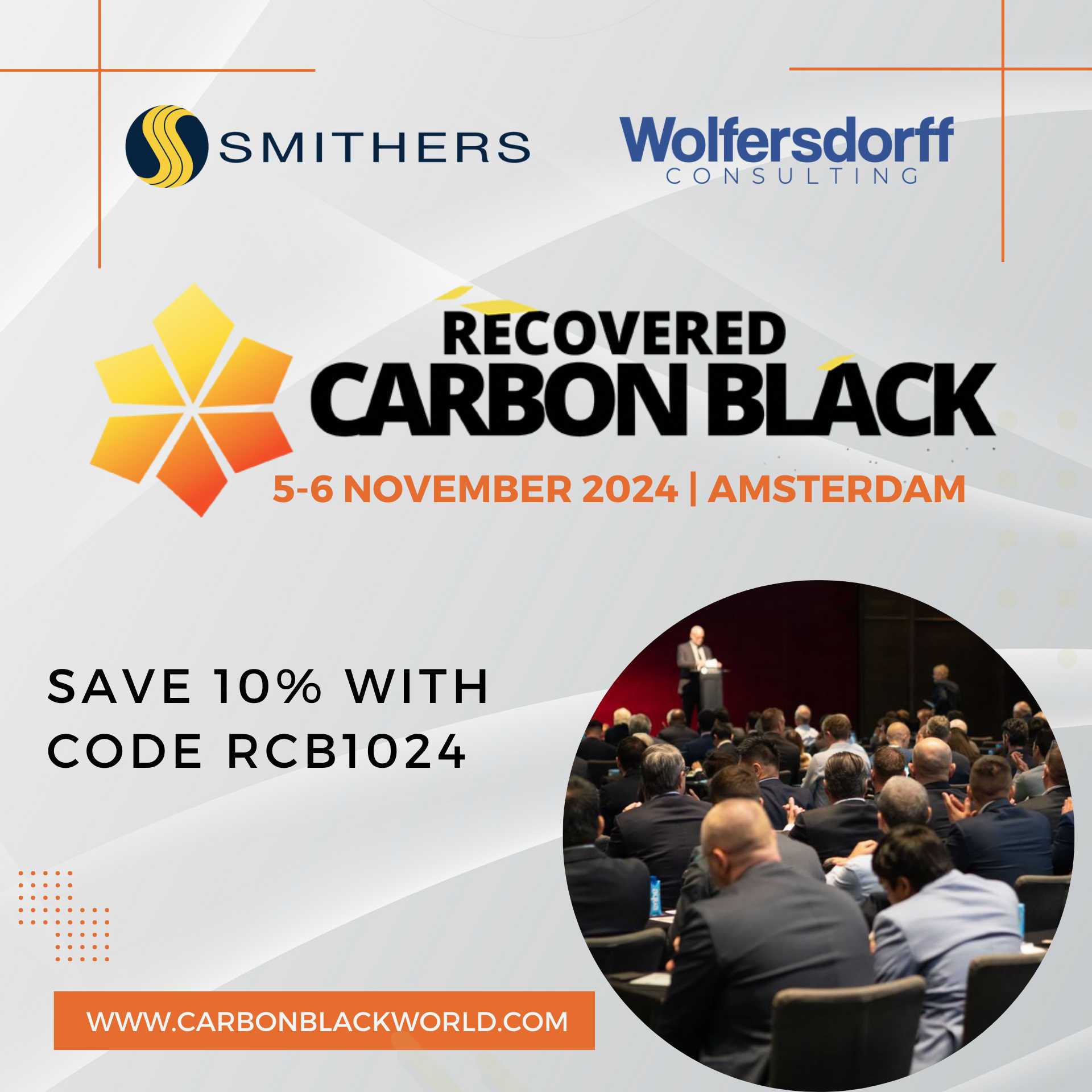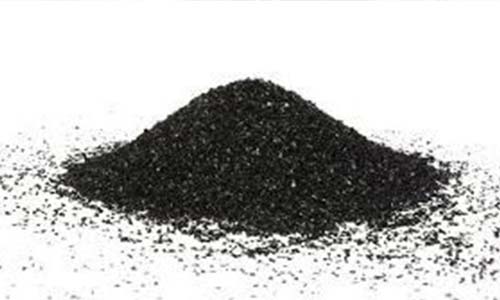
Development of standards for recycled carbon black in U.S.
On the 6th of February, American Society for Testing and Materials (ASTM) announced opening a committee which will develop standards for the recovered carbon black (rCB). The goal of the ASTM’s new committee D36 will be to establish and update standards in end-of-life tire (ELT) and scrap rubber decomposition, standards in material characteristics and sustainability. ASTM declared that the committee will be formed and governed by the members of its existing committee on carbon black (D24) who engaged in working with a vast portfolio of standards on recycled carbon black goods.



